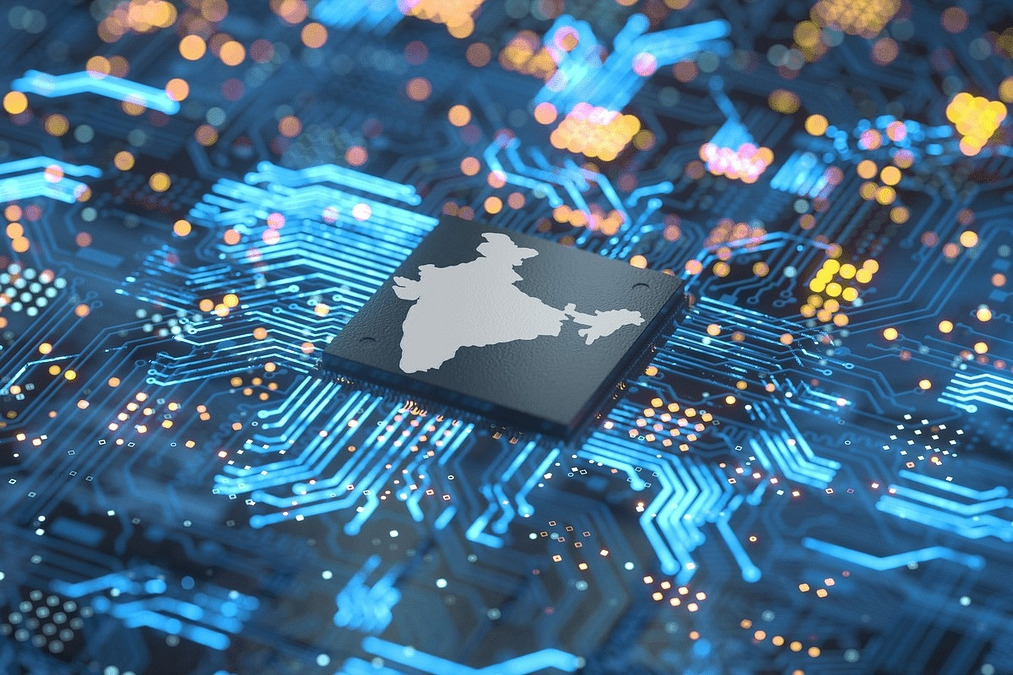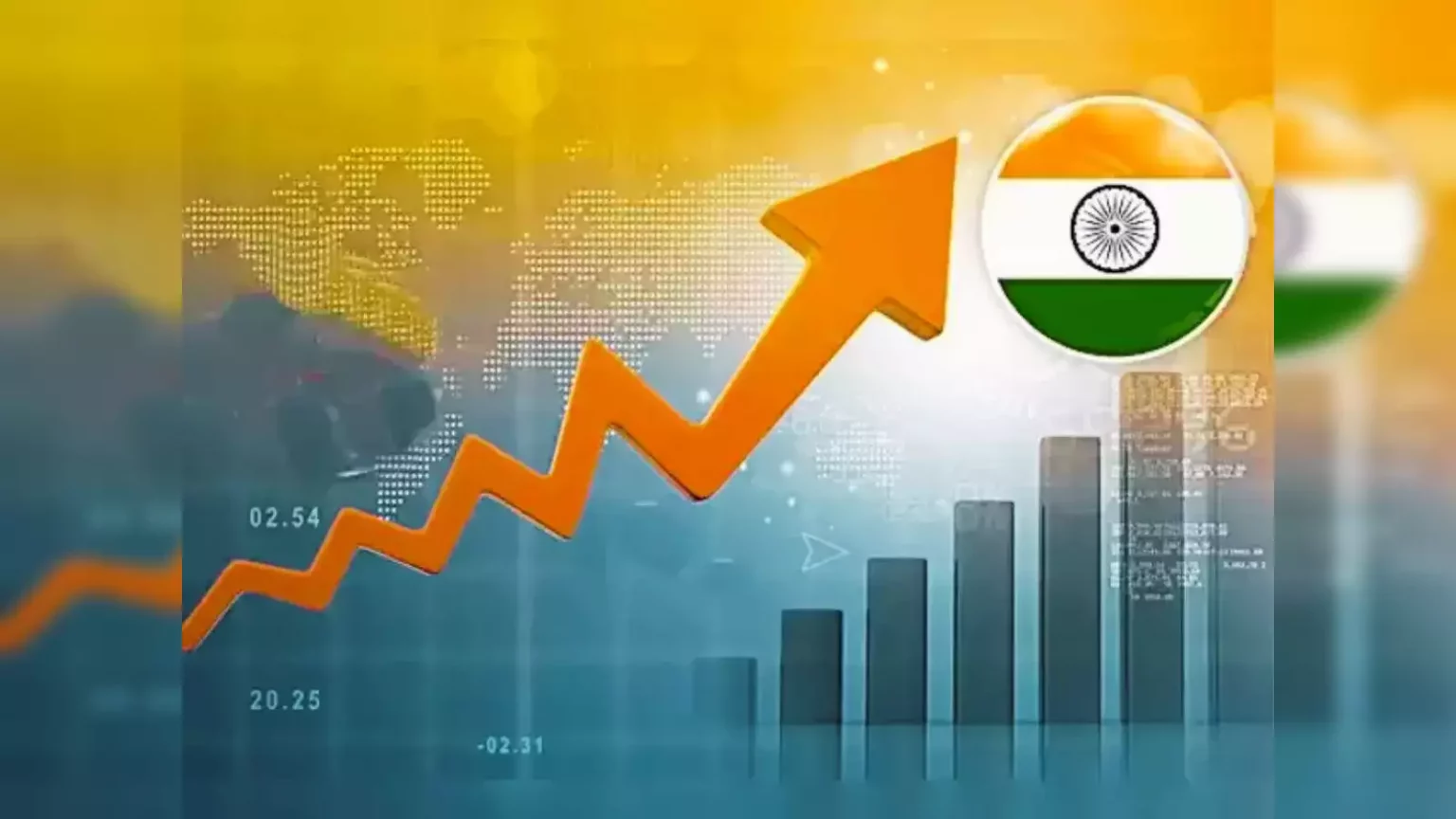Share

While the Department for Promotion of Industry and Internal Trade (DPIIT) is the nodal body, monitoring China’s moves, the Ministry of New & Renewable Energy also keeps a close watch, the official added. India is bracing to meet the challenges posed by Beijing’s ‘Made in China 2025’ strategy, a three-step plan to promote China as a high-tech manufacturing powerhouse by 2049, through a slew of measures to check subsidised imports, including anti-dumping and anti-subsidy duties, quality control orders and a possible collaboration with Western nations, sources have said. Under the Made in China 2025 strategy, the government provides subsidies, including low-interest loans and tax breaks, to hi-tech companies such as electric vehicle manufacturers, chipmakers and new and renewable energy equipment producers. “We cannot allow China to export subsidised items. India is utilising both options: imposing anti-dumping and anti-subsidy duties, as well as implementing quality control orders (QCO) to check imports of cheap items from China. “This will remain our strategy going forward,” an official tracking the matter told business line.
Strategic vigilance
China was the top supplier of goods to India in 2023-24, accounting for imports valued at $101 billion, while India exported goods worth $16.65 billion. While the Department for Promotion of Industry and Internal Trade (DPIIT) is the nodal body, monitoring China’s moves, the Ministry of New & Renewable Energy also keeps a close watch, the official added. Introduced in 2015, the ‘Made in China 2025’ strategy is aimed at achieving 70% self-sufficiency in hi-tech industries by 2025, competing with other manufacturing rivals by 2035, and transforming the country into a global manufacturing powerhouse by 2049. So far, photovoltaic equipment imports from China have been impacted the most. The country accounted for 56% of India’s cumulative solar PV cell imports, 66% of solar PV module shipments in FY24, 68% of solar PV cells and 59% of solar PV module imports in April-May of FY25. In value terms, imports of solar PV cells and modules soared to a record $6.21 billion in FY24. Going forward, as India steps up its hi-tech manufacturing, such as semiconductor chip fabrication, cheap imports from China can pose a greater problem.
Western collaboration
With Western countries more worried about Chinese hi-tech products capturing a lion’s share of the global market, New Delhi is also considering collaborating with other Western countries to meet the challenge jointly. “India is open to joining other nations, including Western countries, in their efforts to check China from hurting domestic industry. This option is being explored at various levels,” another source said. “As China moves on to the second stage of competing with other manufacturing rivals in stage two of its plans, things could get tougher for the Indian industry. That is why India has to stay watchful,” an industry player said.
Related Posts
SEARCH SMECONNECT-DESK
RECENT POST
- Here are 12 Business Founders to keep an eye on in 2025:
- New Passport update: Adding spouse’s name to passport no longer needs marriage certificate, says MEA- Details here
- Indian start-ups are chasing ‘brain-dead’ ideas, says Vivek Wadhwa; urges entrepreneurs to tackle problems with smart tech:
- Mohandas Pai bashed me for my appeals for start-ups to focus on innovation; it is unfortunate: Piyush Goyal:
- TReDS: Govt. reduces turnover threshold to Rs.250 crores to get more companies on invoice discounting platform:









